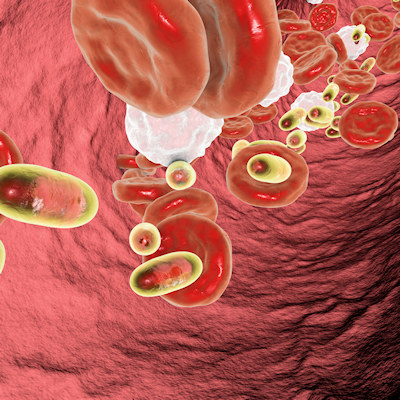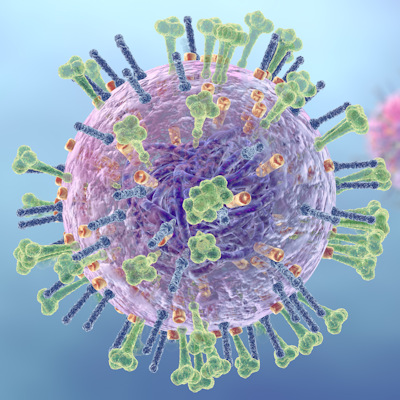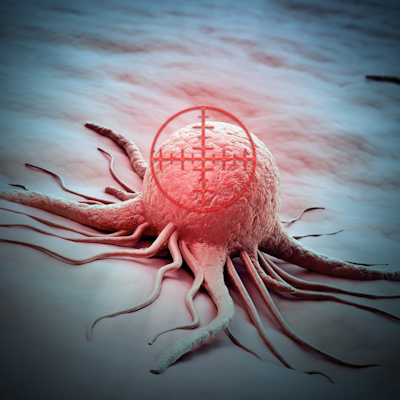January 26, 2023 -- Using polymer nanoparticles to carry multiple cancer drugs achieves better outcomes than administering the combination of therapeutics without a delivery vehicle, according to preclinical research published on 26 January in Nature Nanotechnology.
Drug combinations are more effective than monotherapy treatment in many cancers. However, selecting the correct ratio of the molecules is a challenge. The ratios that most effectively clear cancer cells in vitro may be suboptimal in humans because each drug is distributed and absorbed differently, as Jeremiah Johnson, PhD, a Massachusetts Institute of Technology (MIT) professor of chemistry, explained in a statement.
"If you inject three drugs into the body, the likelihood that the correct ratio of those drugs will arrive at the cancer cell at the same time can be very low. The drugs have different properties that cause them to go to different places, and that hinders the translation of these identified synergistic drug ratios quite immensely," Johnson said.
Johnson and his collaborators identified polymer nanoparticles as a solution to the problem. The team made the nanoparticles by binding the drug molecules to polymer building blocks, thereby inactivating the therapeutics, and mixing them together in a specific ratio for polymerization. The process creates a bottlebrush-like structure with the inactivated prodrugs along the backbone. The bottlebrush backbone releases and activates the drug when the linker is cleaved.
The team initially applied the formulation technique to a single drug, bortezomib. The protease inhibitor, which Takeda sells as Velcade, is used to treat blood cancers such as multiple myeloma but accumulates in red blood cells rather than the abnormal plasma cells that drive the diseases. When formulated into a nanoparticle prodrug, bortezomib accumulated in plasma cells because the structure delayed its release.
For the next test, Johnson and his collaborators combined bortezomib with the immunostimulatory drug pomalidomide and the anti-inflammatory molecule dexamethasone. Other groups have linked the triplet combination to improved outcomes in multiple myeloma patients. The Nature Nanotechnology paper suggests even better results can be achieved by formulating the molecules into nanoparticles.
In two mouse models of multiple myeloma, the three-drug nanoparticles significantly inhibited tumor growth compared with free molecules given at the same ratio and to mixtures of single-drug bottlebrushes.
The MIT team is now assessing the potential to use the particles to deliver therapeutic antibodies and to combine them with larger particles to enable the delivery of mRNA. Johnson and two collaborators have founded a biotech startup, Window Therapeutics, to advance the technology toward clinical trials.
Copyright © 2023 scienceboard.net







